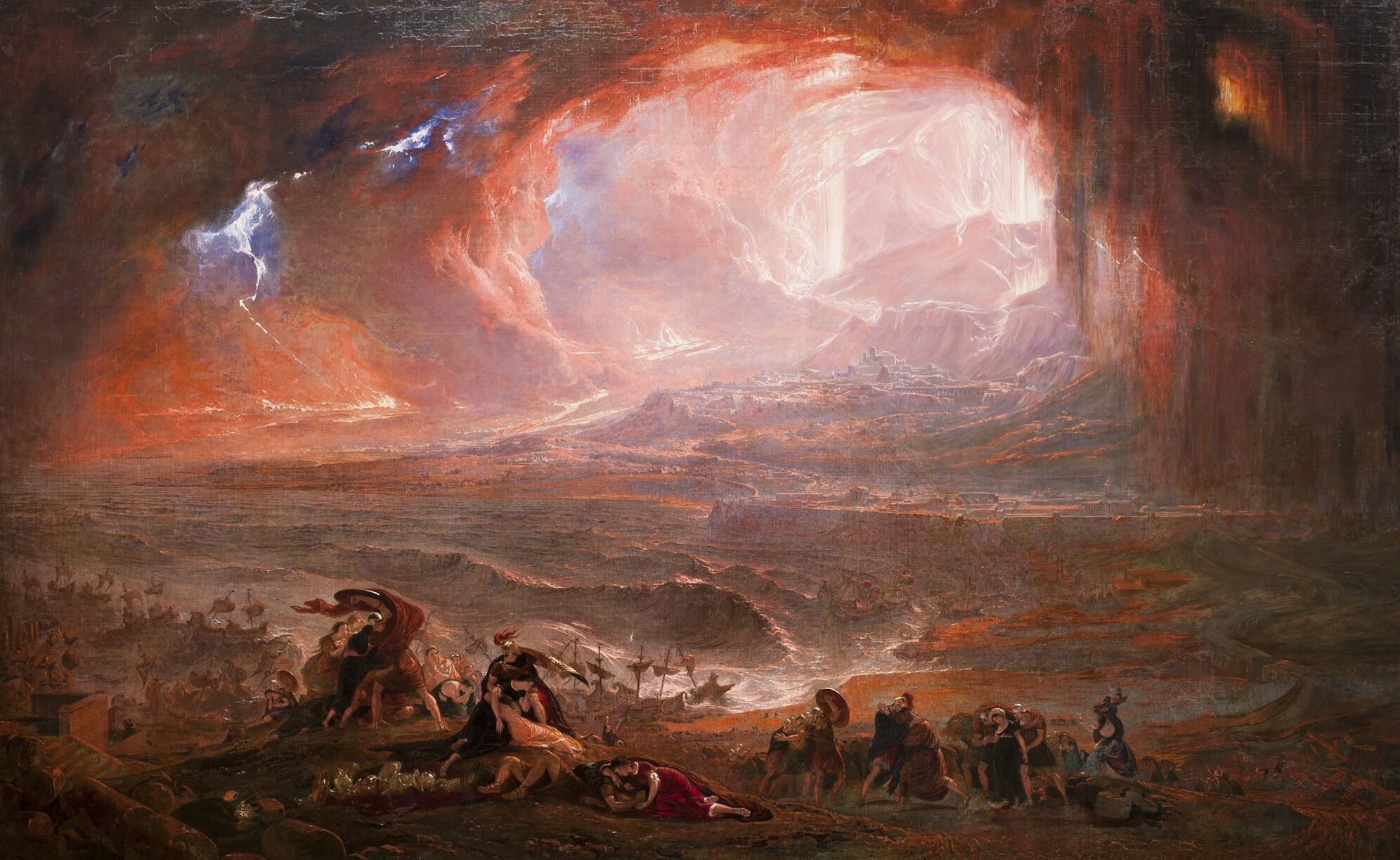The utter destruction of Pompeii has become legendary. The eruption of Mount Vesuvius in c.e. 79 absolutely incinerated the city with intense heat and pyroclastic flow, leaving decimated buildings and carbonized human forms frozen in their last moments of panic before death. Eerie discoveries are continually being made at the site (as well as nearby Herculaneum), showing the level of abject destruction.
A recent discovery revealed that intense heat given off by the eruption caused one victim’s brain to turn to glass. Recent research has revealed that the hundreds of citizens who became trapped in Herculaneum’s boathouses while trying to escape would have suffered an excruciating death—literally being slow-roasted alive, while choking on noxious fumes. (Scientists initially thought the heat would have killed them instantly—new analysis shows this was not the case.) Additionally, evidence has identified (with near certainty) the skull of Pliny the Elder, the famous Roman philosopher who was killed while attempting to rescue citizens on his ship.
Hershel Shanks, former editor of Biblical Archaeology Review, published an interesting editorial in 2010 titled “The Destruction of Pompeii—God’s Revenge?” His premise was to examine if anyone at the time of the catastrophe believed it was retribution for the Roman destruction of the temple in Jerusalem nine years earlier (nearly to the day, as was then believed—however, new research indicates the eruption occurred probably one to two months later). While speculatory and inconclusive, the article did help to highlight the wider question—did the ancients believe the disaster was punishment from God (or “the gods”)? And the affirmative is clear.
Following the carnage, a chilling inscription was left on one of Pompeii’s walls by an individual who picked his way through the debris. Written with a piece of charcoal, the faded Latin words read: SODOM GOMOR[RAH].
Certainly, what happened at Pompeii and Herculaneum that fateful autumn c.e. 79 closely parallels the biblical account of Sodom and Gomorrah.
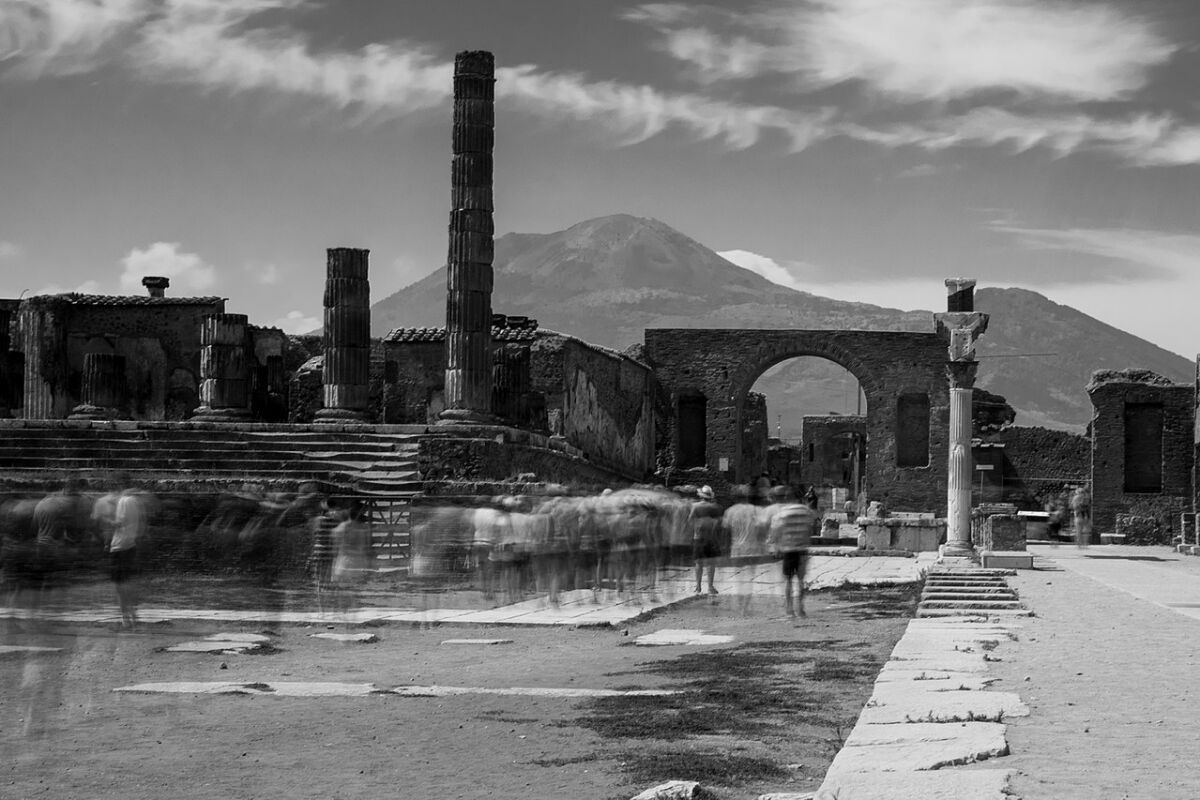
Fire and Brimstone
The erupting Mount Vesuvius ejected material over 30 kilometers high, into the stratosphere. 1.5 million tons of debris and molten rock were launched every second. The total energy released from the volcano, which erupted for two days, was equivalent to 100,000 times the energy of the Hiroshima atomic bomb.
The death toll remains unknown. Herculaneum and Pompeii combined had a population of 20,000. So far, the remains of 1,500 have been identified.
Ash at Pompeii accumulated, in some areas, up to a depth of nearly 10 meters. Based on the location and series of pyroclastic surges (“waves” of gas and debris), temperatures would have fluctuated at Pompeii from a “cool” 100 degrees Celsius under the “protection” of collapsed roofs, up to many times that outside. For example, the fourth pyroclastic surge released by the mountain blew into Pompeii at over 320 kilometers per hour, with temperatures exceeding 300 degrees Celsius.
Famous are the over 1,000 casts of body impressions preserved in the ash. The blood and organs of these victims would have been vaporized by the heat, their bodies carbonized.
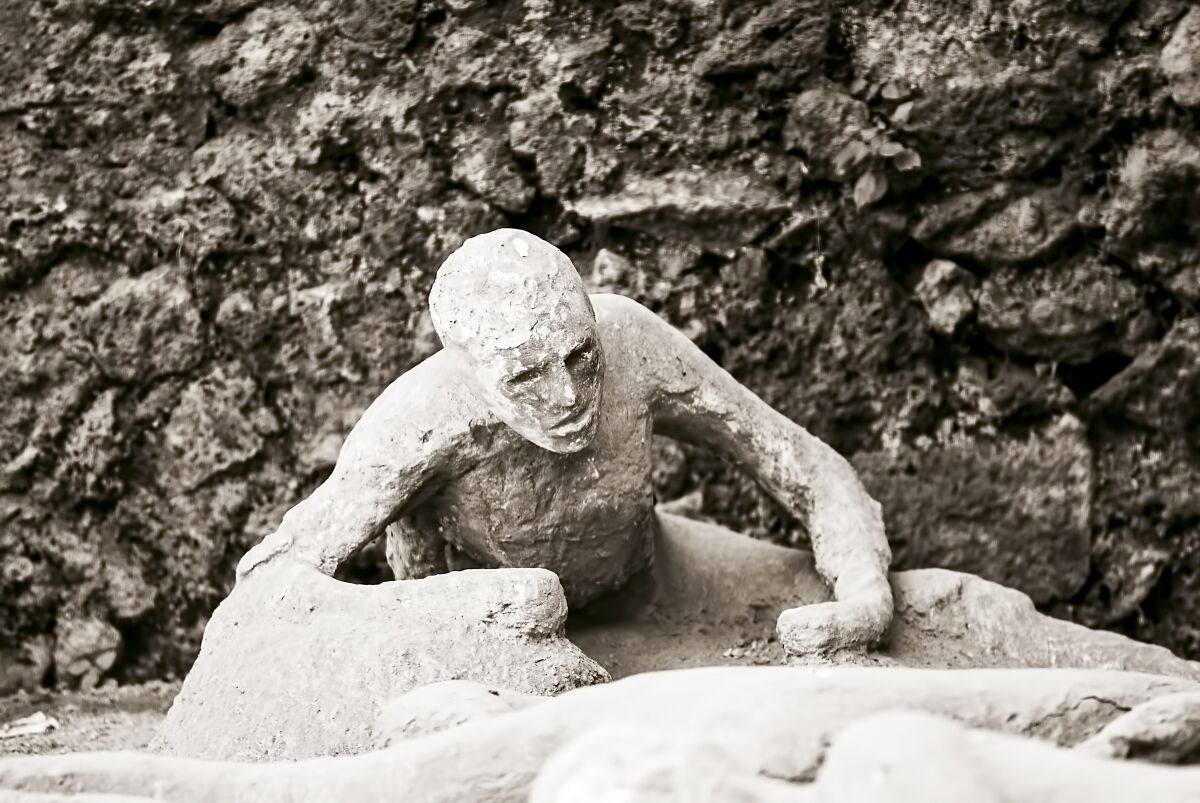
The sheer intensity of destruction at Pompeii and Herculaneum hearkens to the biblical account of Sodom and Gomorrah. “Then the Lord caused to rain upon Sodom and upon Gomorrah brimstone and fire from the Lord out of heaven”—or sulfur, as other translations read—“and He overthrew those cities, and all the Plain, and all the inhabitants of the cities, and that which grew upon the ground” (Genesis 19:24-25). Utter incineration of buildings, animals and plants alike.
“But his [Lot’s] wife looked back from behind him, and she became a pillar of salt” (verse 26). The imagery of what happened to Lot’s wife, as she longingly looked back on the city, is illustrated by the carbonized victims of Pompeii and Herculaneum. “[A]nd, lo, the smoke of the land went up as the smoke of a furnace” (verse 28).
Of course, the bodies at Pompeii may well have been carbonized much differently from Lot’s wife. And there is no biblical link to a volcano causing the destruction of Sodom and Gomorrah. Still, the type of destruction and its effects are closely similar: fire, brimstone, sulfur, unthinkable temperatures, a billowing cloud of smoke, carbonized victims. And as we reported on a year ago, new discoveries are corroborating the biblical account of what happened at Sodom and Gomorrah.
Excavations at Jordan’s Tall el-Hammam (a contender for the location of biblical Sodom) have revealed a fiery destruction and an instantaneous end of a once-flourishing civilization, dated roughly to the 1700s b.c.e. Evidence shows that mud brick structures at the site were obliterated, leaving burned stone foundations. Bricks that were found showed signs of incineration. Clay pottery fragments had melted into glass. Zircon crystals in the pottery, upon analysis, were shown to have formed within one second, the result of superheating to temperatures perhaps as hot as the surface of the sun. A “tidal wave” of boiling hot salt had swept over the land. There was evidence that mineral grains had rained down, carried by scorching, high-force winds. The estimated regional population of 40,000 to 65,000 people would have been killed instantly by the strange event. Ash and debris, over a meter thick, were left behind within the wider 500-square-kilometer area of destruction—a scene of biblical carnage.
Scientists are still debating the cause of Tall el-Hammam’s destruction. One theory is an airburst event, caused by an exploding meteor. Whatever physical (or nonphysical) phenomena it was, it certainly happened. The chaos left behind parallels the biblical account—in location, general timeframe and description. See our article here for more detail.

But the primary concern of the biblical account is why it happened. Why Sodom? And, as it has been asked, why Pompeii?
‘They Declare Their Sin as Sodom’
The Scriptures reveal that Sodom and Gomorrah were condemned primarily for sexual sins. Genesis 19 describes widespread homosexuality, rape, promiscuity, going after strange flesh (Genesis 19:4-13; see also Leviticus 18:22; 20:13). Early historians, such as Philo and Josephus, attest to this sexually deviant nature of the city, as does the New Testament. Of course, the sexual sins were concurrent with many others that contributed to their downfall. The Prophet Ezekiel wrote of Sodom and “her daughters”: “They were haughty and practiced abominable deeds” (Ezekiel 16:49-50, New English Translation). Such was the glut and normalcy of these sins, that even the daughters of “righteous” Lot were influenced to commit incest (Genesis 19:30-38).
Archaeological discoveries indicate that Pompeii (and Herculaneum) had a parallel moral climate.
This “Las Vegas” of the Roman Empire is famously known for its preserved erotic art—pornographic paintings and statues. In fact, such was the quantity of obscene art and objects, graphic portrayals of sex and even bestiality throughout the ancient city, that when they were discovered (during the Counter-Reformation period) they were summarily re-hidden, or kept under lock and key. Artwork was shrouded over by locked metal cabinets. Individual artifacts were stored in Naples’ “Secret Museum”—separate from the main archaeology museum. This gallery of objects from Pompeii and Herculaneum was repeatedly closed and reopened over the course of two centuries. (In 1849, the doorway to the gallery was actually bricked over—such was the scandalous nature of its contents.) It was reopened during the liberal days of Garibaldi, and again during the 1960s sexual revolution. The display was finally reopened in 2000 (but remains off-limits for children).
Not only were the cities full of sexually explicit art—frescoes, inscriptions, statues (and thousands of examples of etched graffiti)—even everyday household items were designed to resemble genitalia—oil lamps, wind chimes, charms, animal figurines. The phallus, the de facto symbol of Pompeii, was used as a “good luck” charm and could be found literally everywhere—in all sorts of obscene forms.
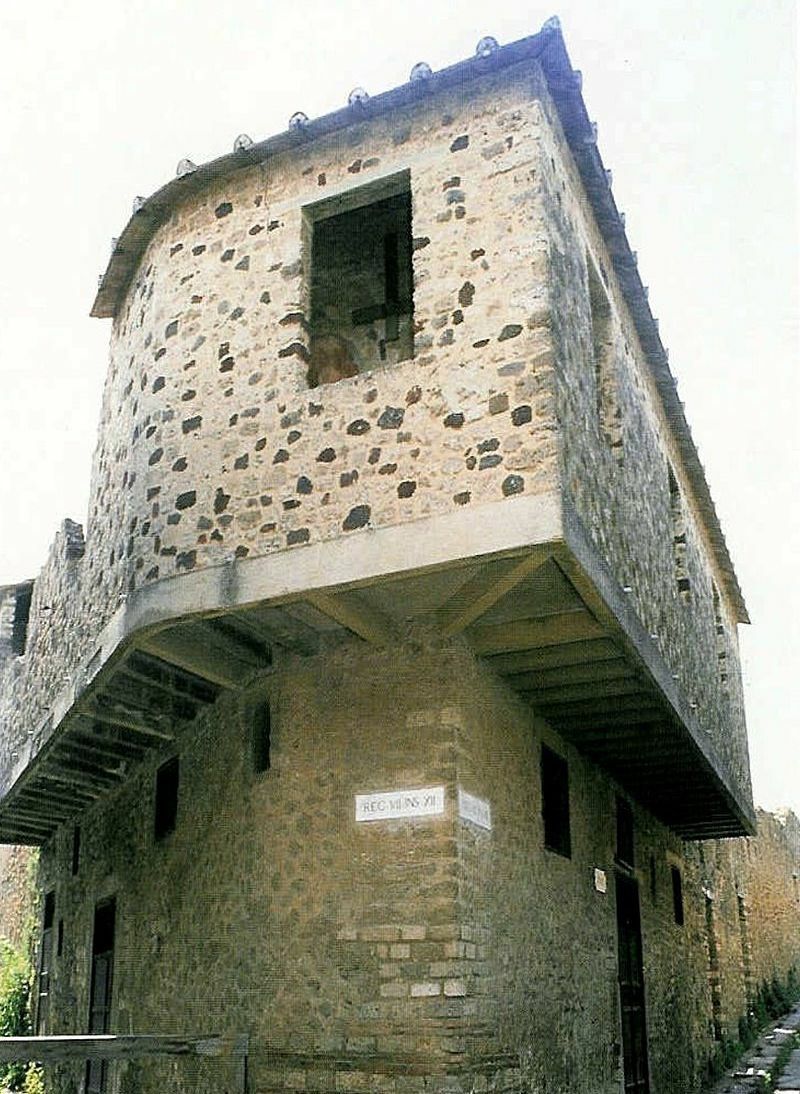
Pompeii is believed to have had around 25 brothels (previously thought to contain many more, based on the sheer number of buildings with preserved erotic art). This is quite a large number considering it had a population of only 12,000, and a city footprint of just 160 acres. The main brothel, or Lupanar (“she-wolf den”), was located near the center of the city. It was quite easy to find—artistic carvings of phalli on the city roads and wall stones pointed the way. Price lists indicate that prostitution services were generally cheaper in Pompeii than other parts of the Roman Empire (evidently, there was a lot more “competition” within the city’s confines). Inscribed on one of the city’s central meeting hall walls was the following text: “If you are looking for sweet embraces in this town, you will find that all the girls here are available.” Graffiti attests to homosexuality and even to child-rape (pederasty was common in the Roman Empire).
Add to the sexual melee the classic Roman entertainment of gladiator blood sport (Pompeii boasts the oldest preserved Roman amphitheater), and laws including allowing babies to be legally rejected by their fathers and abandoned to die, and you have a pinnacle in hedonistic society.
Small wonder, then, that the area suffered the same fate as Sodom and Gomorrah. Such was the assessment of the ancient citizen who scrawled the epithet on the city walls following the destruction. The Prophet Isaiah described such overtness of deviance: “The show of their countenance doth witness against them; And they declare their sin as Sodom, they hide it not. Woe unto their soul! For they have wrought evil unto themselves” (Isaiah 3:9).
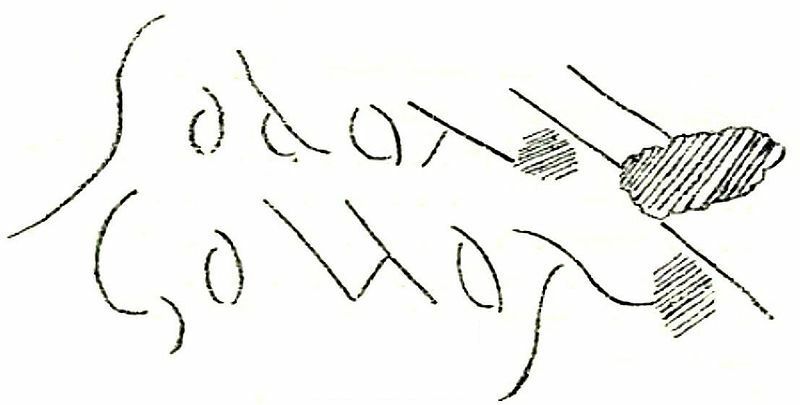
Thoughts From a Dead City
A piece by the Atlantic titled “Pompeii and the Ancient Origins of Blaming the Victim” criticized “victim-blamers” and those who would seek to find moral reasons behind disasters. That those who do so seek a sense of self-justification, to feel better about themselves.
The Bible does state that time and chance happen to them all (Ecclesiastes 9:11). But it also repeatedly identifies divine judgment sent from God: the great Flood, the destruction of Sodom and Gomorrah, the 10 plagues, earthquakes, storms. These biblical lessons were provided not to be gloated over or used as justification, but to be learned from. These warnings were designed to be heeded, so that the consequences wouldn’t need to be repeated. It gives examples of societies that became so morally bankrupt and glutted with sin that their destruction was more merciful than their perpetuation.
Such was the case with the ancient Canaanites in the Promised Land—another veritable reincarnation of Sodom and Gomorrah, replete with incest, homosexuality, bestiality, adultery, child sacrifice (Leviticus 18). Due to these horrific sins, God stated that the “land itself vomited out her inhabitants” (verse 25).
Recently, one of our aiba contributors visited Pompeii and wrote about his experience. His article, “Thoughts From a Dead City,” explains the dangerous ease with which one can see and blame the sins of the ancient world—but be completely oblivious to one’s own. “We are no more righteous than the people of Pompeii,” Richard Palmer wrote. “We just see the sins of other societies more clearly than we see our own.”
It’s no secret that our societies have an abundance of modern “Sodom and Gomorrahs”—“Pompeii and Herculaneums.” Places like Las Vegas quickly come to mind. But what about the wider United States? According to various statistics (note: as originally compiled in April, 2017), the U.S. is home to 1 million prostitutes; 40 million regular porn users; 25 million illicit drug users; 10 million adults who identify as LGBT; 8 million practitioners of witchcraft. Casualties of violence include 320,000 victims of rape and assault each year; 47 murders per day (2016); one child abused every 10 seconds, missing every 40 seconds, raped every 2 minutes, killed every 3 to 6 hours from abuse; and over 100,000 children prostituted annually. And if that doesn’t qualify enough as child sacrifice: Over 2,500 abortions every day (nearly 1 million per year). That’s all just in the U.S. Worldwide, over 1.5 billion babies have been aborted since 1980.
Is it therefore any surprise that the Bible prophesies an end-time “fire and brimstone” event—this time worldwide? The Bible states that the coming calamity will be “greater than the punishment of the sin of Sodom” (Lamentations 4:6; King James Version). The first century c.e. Jewish historian Josephus wrote about the knowledge of such prophecies among the ancients, of two worldwide destructions—that “the world was to be destroyed at one time” by a “quantity of water” (Noah’s Flood), and another time “by the force of fire” (Antiquities of the Jews, 1.2.3).
Yet as the Bible clearly reveals, such punishment is not meted out with any divine pleasure. As Ezekiel 33:11 makes clear:
As I live, saith the Lord God, I have no pleasure in the death of the wicked; but that the wicked turn from his way and live: turn ye, turn ye from your evil ways; for why will ye die, O house of Israel?
Sodom and Gomorrah, Pompeii and Herculaneum—the history of these cities is nothing to gloat over. Rather, it is something to mourn—and to learn from. As the old adage goes, Those that fail to learn from history are doomed to repeat it.
